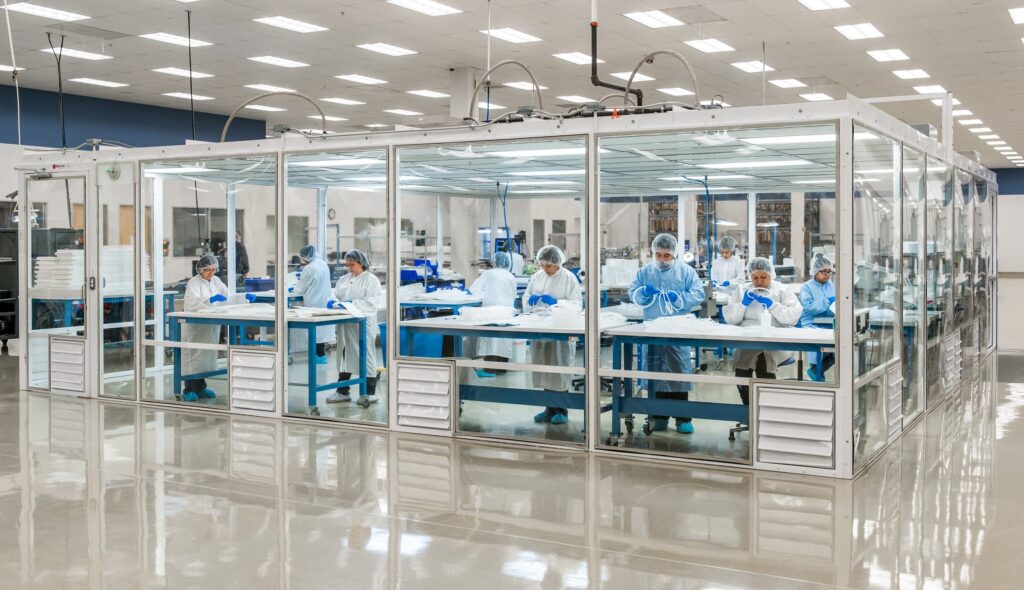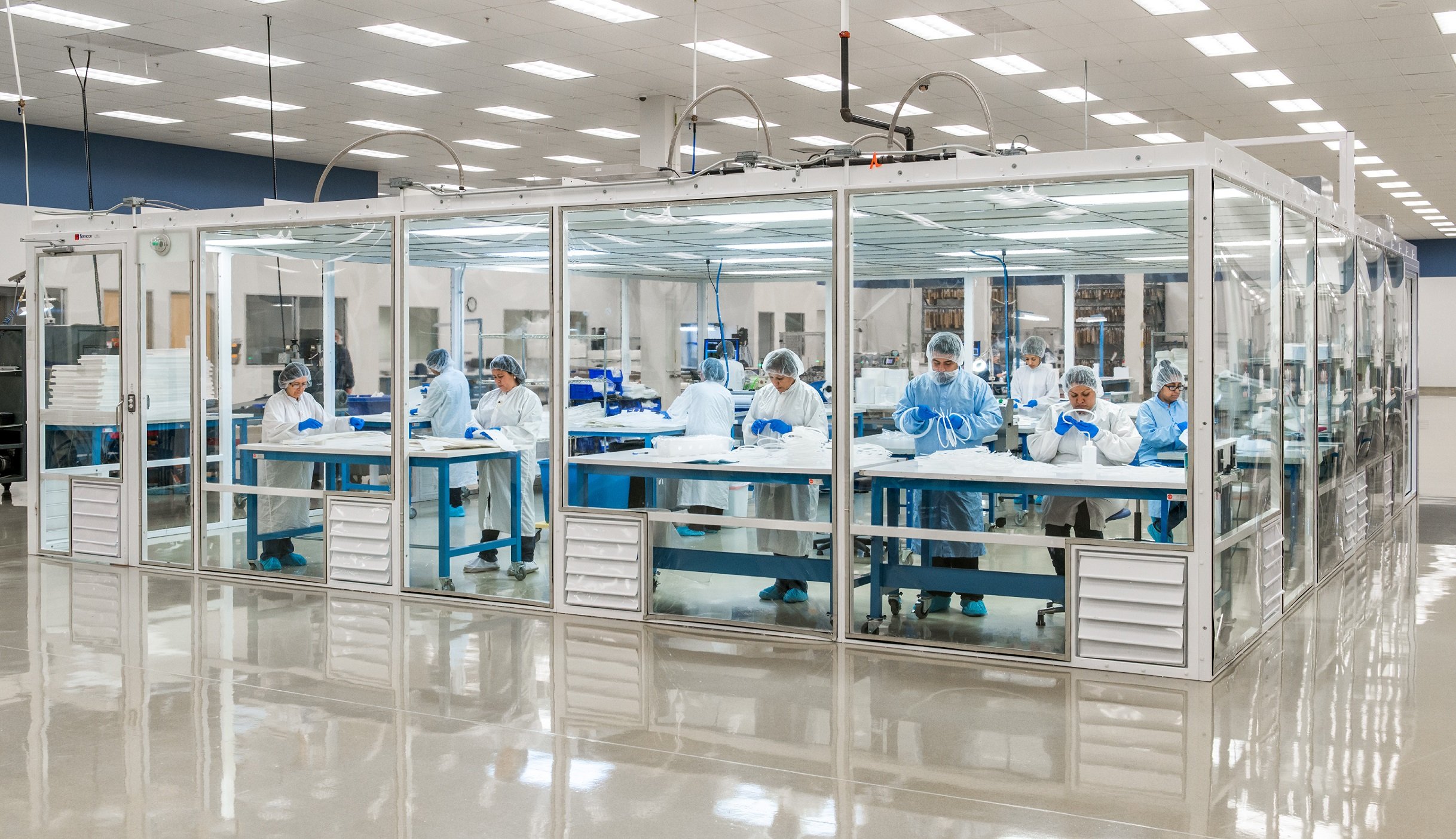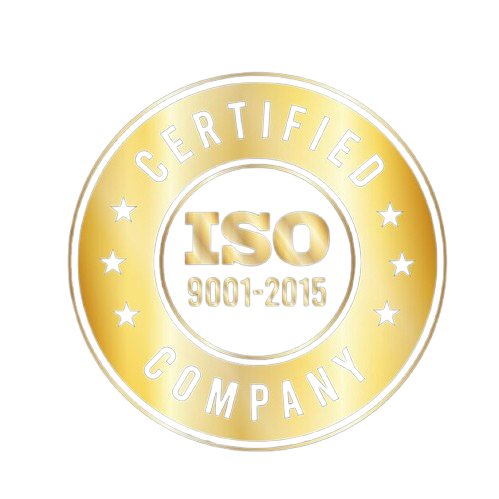How Cleanrooms Support the Development of Medical Devices

Cleanrooms are integral to the medical device industry, as they ensure that the manufacturing environment remains free of contaminants. In medical device production, any contamination, no matter how small, can lead to product failure, safety hazards, or regulatory non-compliance. Cleanrooms provide a controlled and sterile environment that adheres to strict guidelines, ensuring the safety, performance, and efficacy of medical devices.
In this blog, we will explore how cleanrooms support the development of medical devices, focusing on their role in sterile manufacturing, FDA cleanroom standards, and medical device production. We will also examine the importance of cleanroom compliance and how Wiselink Group provides tailored cleanroom solutions to meet these stringent requirements.
Cleanrooms: A Crucial Element in Medical Device Production
The manufacturing of medical devices is a highly regulated process due to the direct impact these products have on patient health and safety. Contamination in the production environment can have significant consequences, ranging from product defects to failure to meet FDA standards. Therefore, the role of cleanrooms in ensuring the sterility of medical device production cannot be overstated.
A cleanroom is an enclosed space where the levels of contaminants—such as dust, airborne microbes, and chemical vapors—are tightly controlled. Cleanrooms are rated according to their level of cleanliness, which is defined by the number and size of particles permitted per volume of air. The stricter the cleanroom standards, the lower the allowable level of contaminants, ensuring that medical devices are manufactured in an environment that maintains their safety and efficacy.
Key Benefits of Cleanrooms for Medical Device Manufacturing
- Sterility and Contamination Control: Cleanrooms provide a controlled environment where the risk of contamination is minimized, ensuring that medical devices are manufactured in sterile conditions.
- Compliance with Regulatory Standards: Cleanrooms are designed to meet stringent regulatory requirements, including those set by the FDA and ISO, ensuring that medical devices are safe, effective, and compliant with industry standards.
- Product Quality and Safety: Cleanrooms ensure that medical devices are produced without interference from harmful contaminants, ensuring that the products meet their required specifications and safety standards.
The Role of Cleanrooms in Sterile Manufacturing
In medical device production, sterile manufacturing is crucial. Many medical devices, such as surgical instruments, implants, and diagnostic devices, must be free from microbial contamination to ensure they are safe for use in the human body. This is where cleanrooms come into play.
Sterile manufacturing in a cleanroom is achieved through several controlled factors:
- Air Filtration: Cleanrooms use high-efficiency filters, such as HEPA and ULPA filters, to remove particles from the air. These filters trap contaminants as small as 0.3 microns, ensuring that the air inside the cleanroom remains free of harmful particles.
- Controlled Temperature and Humidity: Temperature and humidity levels in a cleanroom are carefully monitored and regulated to maintain optimal conditions for the production of medical devices. Humidity control is crucial for preventing the growth of microbes and ensuring the proper functioning of sensitive equipment.
- Personnel and Equipment Protocols: Workers and equipment inside the cleanroom are required to adhere to strict protocols, such as wearing protective clothing and following proper decontamination procedures, to minimize the risk of contamination.
By maintaining a controlled environment, cleanrooms help to produce sterile medical devices that are safe for use in medical procedures, ensuring patient safety and regulatory compliance.
FDA Cleanroom Standards and Compliance
The FDA cleanroom standards are essential in ensuring that medical device manufacturers meet the regulatory requirements for product safety and efficacy. The FDA, which oversees the approval of medical devices in the United States, mandates that cleanrooms used in the production of medical devices meet specific requirements for cleanliness and sterility.
Key FDA Requirements for Cleanrooms
- ISO 14644 Compliance: Cleanrooms must adhere to the ISO 14644 standard, which defines the classification of air cleanliness and provides guidelines for maintaining a contamination-free environment.
- Environmental Monitoring: Manufacturers are required to monitor environmental conditions, including particle count, temperature, humidity, and microbial contamination, to ensure compliance with FDA regulations.
- Documentation and Record-Keeping: Cleanroom operations must be thoroughly documented, with records of maintenance, testing, and validation to demonstrate compliance with FDA cleanroom standards.
Manufacturers who fail to comply with FDA cleanroom standards risk penalties, product recalls, and damage to their reputation. Thus, maintaining compliance with these regulations is critical for ensuring the successful production of medical devices.

Cleanroom Design for Medical Device Production
The design of cleanrooms is tailored to meet the specific requirements of medical device manufacturers. Several factors are considered during the cleanroom design process to ensure that the environment meets the standards required for sterile manufacturing.
Factors to Consider in Cleanroom Design
- Size and Layout: Cleanrooms are designed based on the production requirements of the medical devices being manufactured. For example, some devices may require more space for assembly, while others may need specialized equipment for testing or packaging.
- Airflow and Filtration Systems: The cleanroom must have an effective air filtration system to maintain cleanliness levels. This includes placing HEPA or ULPA filters in strategic locations to ensure a steady flow of clean air throughout the room.
- Materials and Surfaces: Cleanroom surfaces must be smooth, non-porous, and easy to clean. Materials such as stainless steel and specialized plastics are commonly used for surfaces in medical device cleanrooms to reduce the risk of contamination.
Wiselink Group specializes in designing and constructing cleanrooms that meet the exact needs of medical device manufacturers. With our expertise in cleanroom construction, we ensure that every facility is equipped with the right systems and protocols to maintain sterility and compliance with regulatory standards.
Cleanroom Certification and Validation for Medical Device Manufacturers
For cleanrooms to meet the strict requirements of the FDA and ISO standards, they must undergo certification and validation processes. These processes ensure that the cleanroom environment consistently maintains the required air cleanliness levels and complies with industry regulations.
The Importance of Cleanroom Certification
- Regulatory Compliance: Certification ensures that the cleanroom meets the required standards set by regulatory bodies such as the FDA, ensuring that medical devices produced in the cleanroom are safe and effective.
- Product Consistency: Certification verifies that the cleanroom environment remains consistent over time, reducing the risk of contamination and ensuring the consistent quality of medical devices.
- Risk Mitigation: By certifying the cleanroom, manufacturers reduce the risk of contamination, product failure, and regulatory non-compliance, which can lead to costly recalls and reputational damage.
Wiselink Group offers cleanroom validation and certification services to ensure that your facility meets the required standards for medical device production. Our certification process includes air cleanliness testing, environmental monitoring, and the installation of appropriate filtration and HVAC systems.
Cleanrooms play an essential role in the production of medical devices by providing a controlled environment where contamination is minimized, and product safety is ensured. By adhering to FDA cleanroom standards, maintaining sterile manufacturing processes, and investing in proper cleanroom design, manufacturers can ensure the production of high-quality medical devices that meet regulatory requirements and perform as intended.
At Wiselink Group, we are committed to supporting medical device manufacturers with cleanroom solutions that guarantee sterility, regulatory compliance, and product safety. Whether you’re designing a new cleanroom, upgrading an existing one, or seeking validation and certification services, Wiselink Group provides the expertise and resources needed to create a cleanroom environment that supports the safe and effective development of medical devices.




